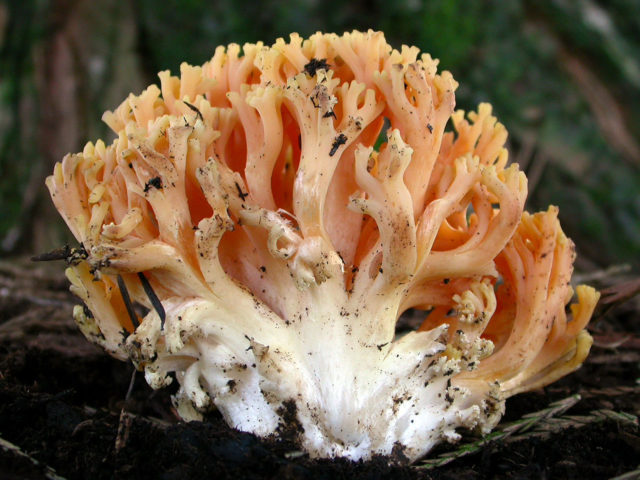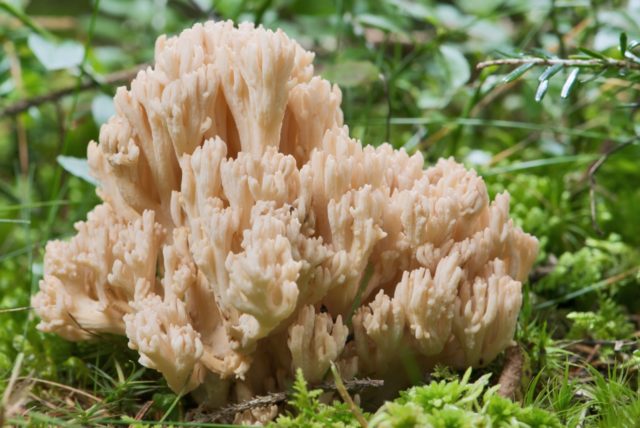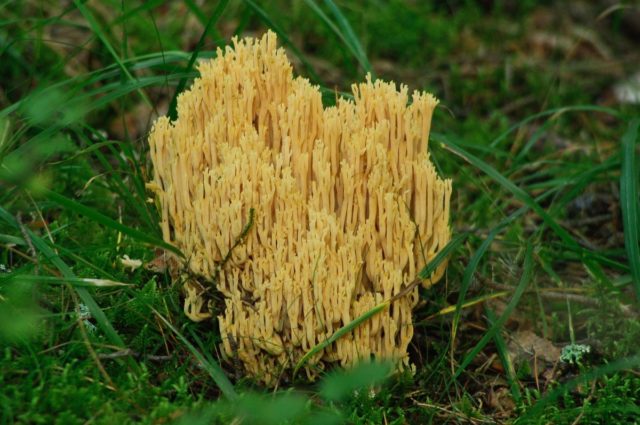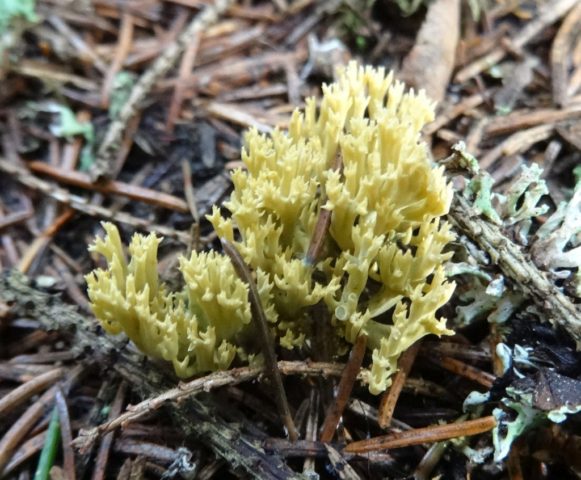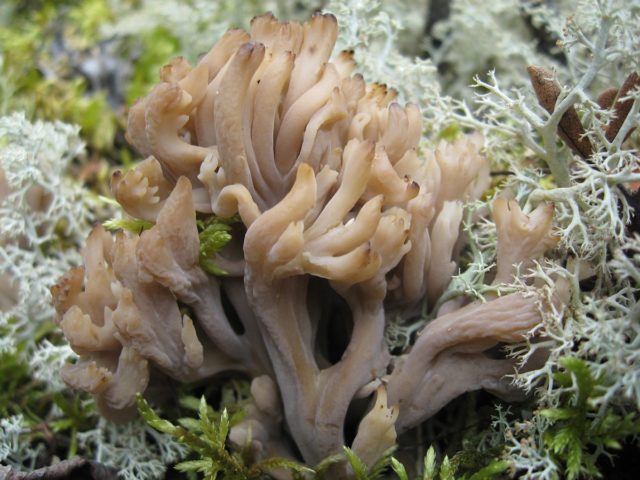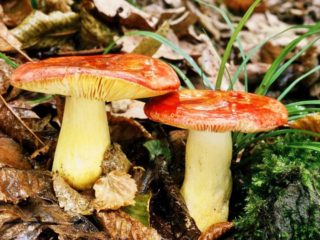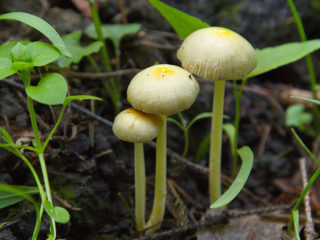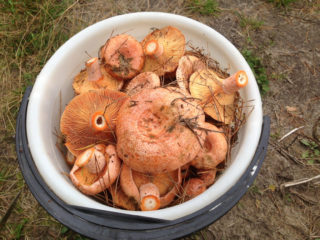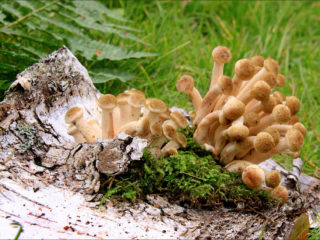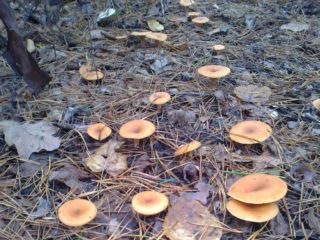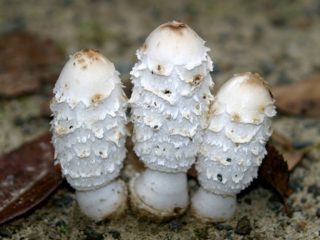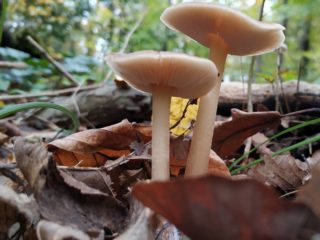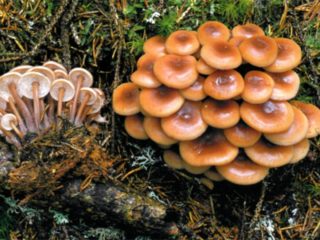Content
A representative of the Gomphaceae family, horned grass or beautiful ramaria (Ramaria formosa) is an inedible species. The danger is posed by the fact that the mushroom is very similar in appearance to edible representatives, of which there are much fewer than toxic ones.
Where do beautiful ramarias grow?
Rogatiki are found quite often. They form small groups in semicircles or long rows. They prefer to live in a humid environment, in partial shade on a moss cushion. Saprophytic fungi can only exist on wood debris, often located under the soil layer. They also grow near pines and spruces on perennial coniferous litter. Found in deciduous forests near birch, oak or hornbeam.
Distribution area:
- european part of Russia;
- Ural;
- Siberia.
In the Central regions, the beautiful hornet can be found in young forests or forest plantations, in mixed mountain ranges. Fruiting occurs in July, the duration depends on seasonal rainfall. During the dry period, the number of colonies decreases sharply. The last specimens grow until the first frost.
How beautiful ramarias look
The mushroom is of an unusual shape, there is no obvious difference between the stem and the cap, the last part is simply missing. The fruiting body consists of numerous branches of different lengths.
The external description is as follows:
- the height of the fruiting body reaches up to 25 cm, approximately the same diameter;
- the mushroom is painted in several colors, the lower part is white, the middle part is pinkish, the upper part is yellow or ocher;
- the species has a short massive stalk, fibrous structure, solid;
- in young specimens the leg is first pink, then white, no more than 5 cm long;
- At the end of the flat stalk, numerous processes are formed, white with a pink tint and yellow edges on top.
The pulp is bitter, white, and darkens when pressed.
Is it possible to eat beautiful ramaria?
The fruiting body of hornworts has no distinct odor and an unpleasant bitter taste. Mushrooms are not consumed due to the toxic compounds they contain.
How to distinguish beautiful ramarias
The genus includes several species of ramaria, among them are toxic and conditionally edible. In some cases, it is difficult to distinguish mushrooms externally. The poisonous hornet is very similar to the yellow ramaria.
The only difference is that the color of the double is more yellow. The mushroom is classified as conditionally edible and can be used after boiling.Differs from poisonous in the absence of bitterness or its insignificant presence.
Feoclavulina fir, the species is classified as inedible mushrooms.
In some sources, fir pheoclavulina is classified as conditionally edible. However, the presence of bitterness makes it impossible to consume even after boiling. It is distinguished by its olive color and narrower and shorter fruiting body. The smell is reminiscent of rotten leaves; the flesh darkens when cut.
Rogatik comb, inedible species.
It is distinguished by a light fruiting body with a purple tint and dark fragments on the upper part. The taste is bitter, there is no smell, there are no toxins in the chemical composition.
Conclusion
Ramaria beautiful is a saprophyte that parasitizes the remains of wood of various types. Found in shaded, damp places on lichens, mosses or leaf litter. The taste is bitter, the fruit body contains toxins, beautiful ramaria is inedible and poisonous.
